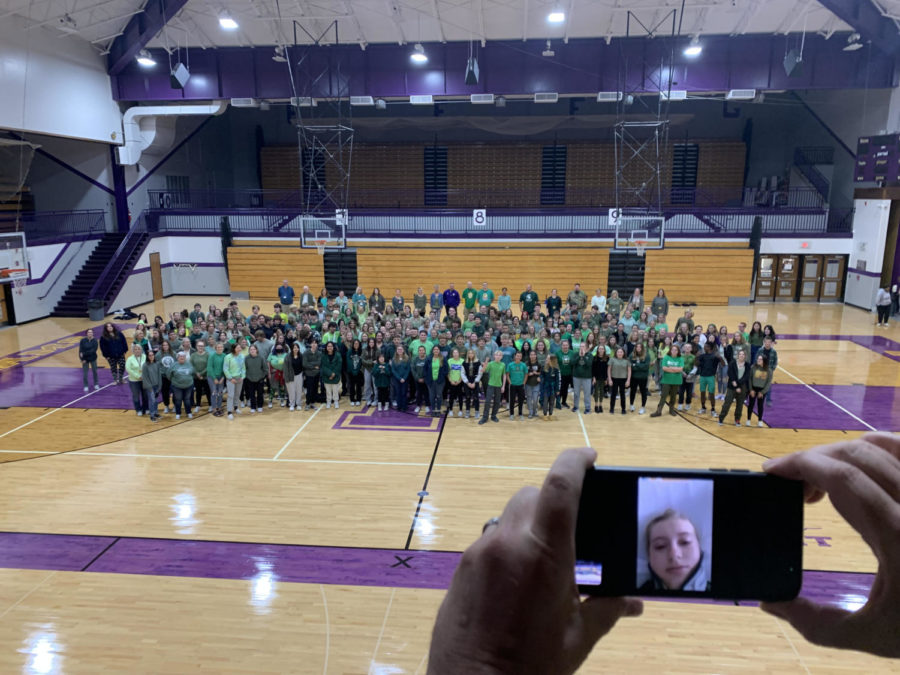Losing someone you love is probably the most difficult challenge any of us will ever face.
Our lives tend to revolve around the people in them, and once they are no longer there, it is as if the center of our world has just disappeared. It is almost unfathomable; the way that a person can be here one day, and then just not be the next. There is no reason, no rhyme, and no fairness in death; it just is.
So if something like this, that happens every day, is so unthinkable to the average adult or teenager, what must it be like from a child’s point of view?
Little girls and boys are not programmed to take on such feelings as grief and bereavement; their biggest worries in life should be learning the alphabet, or hurting their knee falling off of the monkey bars. So how does an innocent little kid cope with the loss of a loved one as close to them as a parent? According to singleparents.about.com, there are four stages in the grieving process of children.
The first is shock and numbness. During this time, the child is in a state of disbelief, and they may behave as though everything is fine. However, this is only the surface; they are only beginning to deal with and understand the reality of the situation. With so much going on inside of them, the child’s ability to focus and think clearly may be lessened. What they really need during this time is space, patience, and a shoulder to lean on when they are ready to cope.
The second stage is yearning and searching. The child begins to realize that their mother or father may never be coming home, thus sending them into a whirlwind of emotions. They become very angry and frustrated, and even tend to blame themselves, no matter how irrational that may be.
Once the child has fully processed the loss, they enter into a state of severe depression and disorientation. However, because children have not yet developed all of the social skills necessary to adequately address this depression, they may express it through a lack of appetite, sleeplessness, and no enthusiasm for any of the things they once enjoyed.
After all of this, it is time for the healing to begin. The child finally starts to accept the loss, and understand how it fits into their new life. While it may be a long and bumpy road, getting here, a little patience and understanding from the people around them can make all of the difference.
Blog by Alyson Graham





